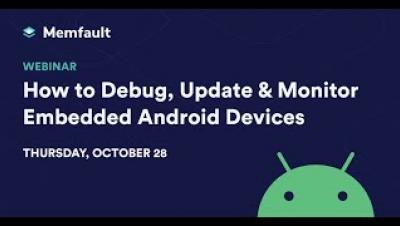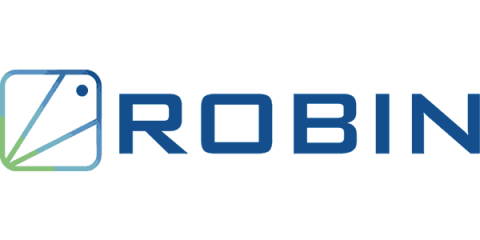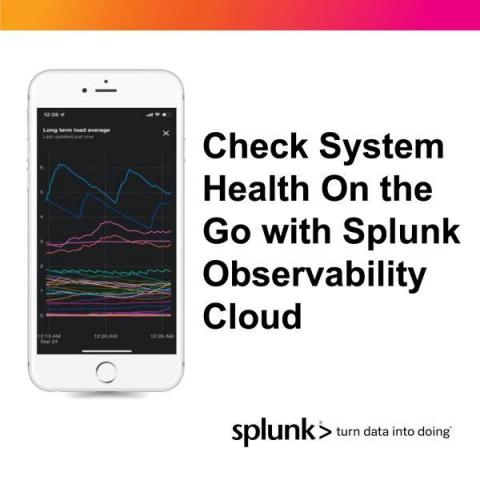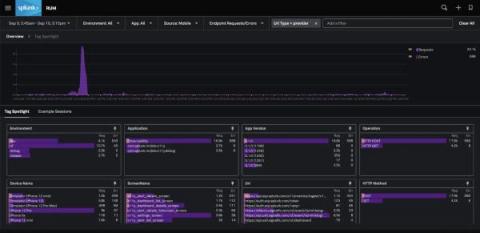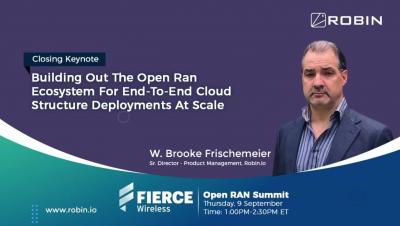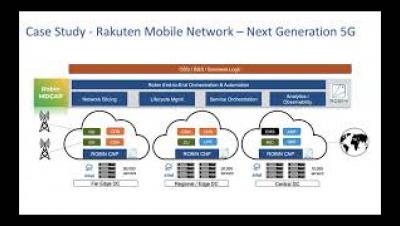Operations | Monitoring | ITSM | DevOps | Cloud
Mobile
Catchpoint Ushers In A New Era Of Visibility With The Addition Of 5G Mobile Edge Nodes
From its inception, Catchpoint has been a pioneer in terms of observability and its ability to deep scan infrastructures and protocols that bind the Internet. Our industry-leading observers gather in-depth data, providing the broadest coverage across wireless, cloud, backbone, and last mile networks. That data arms people across the enterprise with the information they need to provide a superior digital experience.
Robin.io and StorCentric Announce Hyperconverged Cloud-Native Solutions for VM-as-a-Service and Virtual Desktops with Lower Cost, Faster Provisioning Than Public Cloud
Check System Health on the Go with Splunk Observability Cloud For Mobile
With the demand to meet service level agreements (SLAs), any on-call SRE can tell you that incidents always happen at the wrong time. Things break when you least expect them to (on a date, about to beat a new level in a video game, pizza delivery just arrived, asleep at 3am). During these inopportune moments, you want to make sure it's easy to get the data you need, no matter which device is nearby.
Is Kubernetes the answer to the challenges in Multi-access Edge Computing - or is there more to this equation?
The market for Multi-access Edge Computing (MEC) is pegged at $4.25 billion in 2025. The reasons are many – from the recent surge in AR/VR gaming, to a growing preference for video calling and Ultra-High-Definition, and of course, the Internet of Things (IoT) that spawn SmartX applications, including cities, manufacturing, agriculture, and logistics. The majority of MEC opportunity is both driving and driven by 5G, and the two will grow hand-in-hand in the days to come.
Announcing the General Availability of Splunk Mobile RUM for Native Mobile Apps
As the world increasingly works, buys, and communicates through native mobile apps. In 2020 there were 218 billion new app installs globally, 13.4 billion from the US alone. The challenge, while iOS and Android applications make up significant portions of user traffic and business, engineering teams and monitoring tools are split between mobile app and backend developers; this creates siloed visibility on how changes to the app or backend components impact each other, and end user experience.


